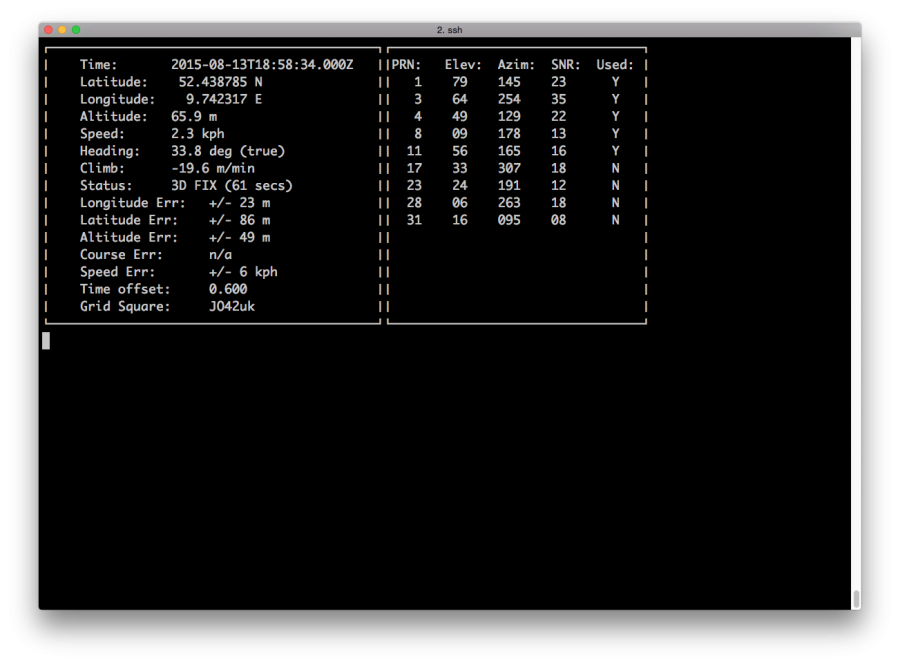


Just like any good hardware project, this one started with a Raspberry Pi. I wanted to build a dedicated piece of hardware for the job. The WiFi on my phone, or any phone, is okay, but you can get much better WiFi equipment. It's easy to setup, free if you already have a phone and pretty simple to do, but I wanted to step it up a notch. When it finds one, it will store the location and details of the network to be extracted to Google Maps later. The app basically uses the GPS on the phone to track your location and monitors for WiFi networks. That article, WiFi (in)Security - Is your network on the map and is it secure?, has all of the details but I was using a simple Android app called Wigle and my phone at the time, which was an old HTC if I recall correctly. My last wardriving session was back in November 2013 and I mapped out every single WiFi network in a small town to see how many there were and what type of security each of them used. I did some similar work almost 3 years ago but this time around, there's been a few upgrades. The traditional "make install" is here replace by "make sudoinstall" to be able to run Kismet as a simple user.Wardriving is the act of finding WiFi networks, usually from a car or other vehicle, and mapping out their location. Run the following command to generate the dependencies: You need first to use the "configure" command to prepare Kismet to be compiled. To download and install Kismet with its graphical interface:ĬOMPILED VERSION: (Advanced Linux users only!)Ĭhoose to compile Kismet by yourself if you want to launch it from a simple user. In both cases, the two Kismet elements are installed: "kismet_server" and "kismet_client".

The packaged version can be runned only as root whilst the compiled version can it be from a simple user. Kismet can be downloaded as a package or compiled from source. Merci de consulter notre page sur la COVID-19 !!Ģ27 questions et réponses sur le Coronavirus. 100 Questions and answers about Coronavirus.


 0 kommentar(er)
0 kommentar(er)
